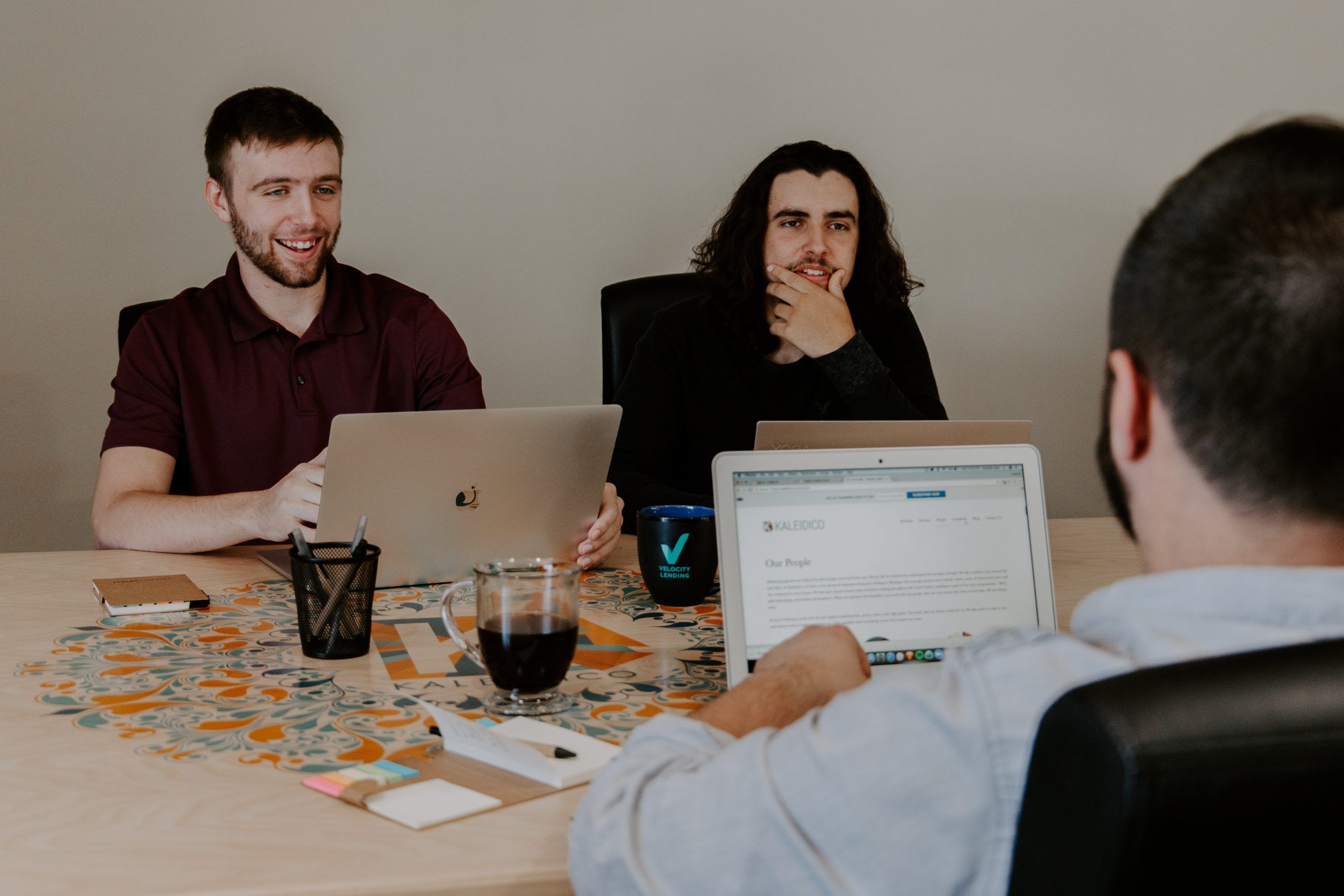Ask your parent what lectures were like back in their heyday. How did they record notes? Chances are they did everything with pen and paper. If they were slow at handwriting, they’d miss out on crucial information. Furthermore, they’d have to weigh the importance of participating and recording notes.
Today, things look vastly different. University lecture halls may look the same, but they certainly operate very differently. For one, students and lecturers may not even be physically present. Some may sit at home in Asia, while others may attend from an African learning center. The conduct of lectures may be such that one is able to record the sessions at the click of a button. Anyone would agree that this is a drastic change to the way things were even a decade ago.

The Evolution of Lecture Capture in Modern Education
Course attendees, past or present, would agree that they would find it challenging to grasp a whole lecture’s contents just by listening. Documenting the session provides notes that they can refer to later on. It’s a way to build comprehension and encourage discussion.
Therefore, it’s fair to say that as education has evolved with the technological changes we experience, so have the documentation methods for lectures.
Let’s Go Back in Time
When we record lectures, we are participating in the preservation of human history. The recordings are a means to transmit knowledge. Recording methods have come a long way from ancient stories passed down through generations. With the advent of writing systems, things changed. At this time, humans could create manuscripts and scrolls, which functioned as tangible records, preserving accurate information through time.
In the late 19th century, we saw the invention of the phonograph. We had the gramophone, reel-to-reel tape recorders, and cassette tapes for portable recording. While these may not have been commonplace in lecture halls, they certainly changed the face of recording information.
Entering the Digital Revolution
The shift to compact discs (CDs) and digital audio formats marked a significant leap in recording technology. Digital encoding improved the quality of educational recordings, fostering the creation of multimedia educational materials that transcended traditional boundaries.
The evolution of video recording devices further transformed educational lecture capture. Digital video cameras provided educators with the means to visually record lectures, enhancing the overall learning experience. This evolution significantly impacted pedagogy, enabling educators to leverage visual aids and demonstrations.
And once the internet marked its ground, we witnessed another revolution. With online platforms, universities and educators embraced the digital era with open arms. Lecturers hosted and streamed lectures on these platforms, opening the world of education up to people from the far corners of Earth.
Let’s bring all of these points closer to home. Picture yourself attending a lecture today. Are you still writing copious notes by hand and struggling to keep up with what the lecturer is saying? Or are you doing things the smarter way? Perhaps you’re going the more innovative route by bringing an audio recorder to class daily. You simply press record at the start of the lecture and click stop at the end. Maybe you use your phone to capture videos instead. After that, you might get automated audio-to-text transcriptions to facilitate notetaking. How convenient!
Educational Advantages of Capturing Lectures Digitally
Capturing lectures digitally offers substantial educational benefits. One key advantage is the increased accessibility for students. Through digital recordings, students gain the flexibility to engage with course content remotely, overcoming constraints related to physical attendance. This accessibility proves especially valuable for students facing scheduling conflicts, health issues, or other commitments that might hinder their in-person participation.
Furthermore, digital lecture capture provides enhanced review and study opportunities. Students can revisit recorded lectures at their own pace, reinforcing their understanding of complex concepts. This flexibility accommodates diverse learning styles and supports a more personalized approach to mastering course material.

Challenges Associated With Digital Lecture Capture
However, the adoption of digital lecture capture comes with its set of challenges. Privacy and ethical considerations constitute a significant concern. Students’ privacy may be compromised when lectures involve capturing their images or voices without explicit consent. This issue raises questions about the ethical implications of recording in educational settings.
Additionally, intellectual property concerns may emerge when educators share proprietary content, leading to worries about unauthorized distribution or use of recorded materials. Another set of challenges revolves around technical issues and potential distractions. Technical glitches, such as audio or video quality problems, can disrupt the learning experience. Moreover, the presence of recording equipment may introduce potential distractions, impacting the focus and engagement of both educators and students during live lectures.
Conclusion
The journey from traditional classrooms to the digital frontier of written records has been a transformative journey, redefining the way we capture, share, and engage with educational lectures. As we conclude our exploration of this dynamic evolution, it becomes evident that the digital era has ushered in a new period of accessibility, flexibility, and interactive learning.
As educators, institutions, and learners embrace these changes, it is imperative to approach the digital era of lecture capture with a commitment to responsible and ethical practices. By doing so, we not only harness the full potential of digital tools but also ensure that the educational journey remains one that is inclusive, engaging, and geared towards the continual pursuit of knowledge. The digital era has, indeed, opened new chapters in the story of lecture capture, and with thoughtful navigation, it promises a future where education knows no bounds.

